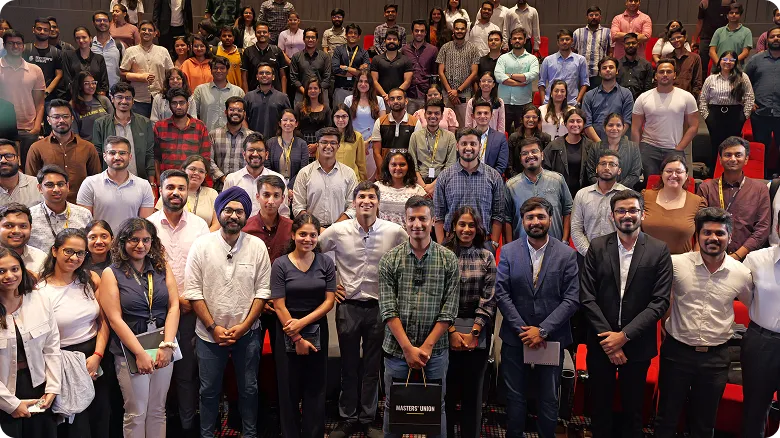Undergraduate
Undergraduate (Global)
Postgraduate
Executive
Family Business
Careers
Innovations
Faculty
MU Ventures
Student Life
Jobs
Become a Master
events
For Companies
Blog
Business
Shein's Re-entry into India: Navigating Market Challenges Post-Ban
February 11, 2025

Shein is back. After being banned in 2020 due to data privacy concerns, the Chinese fast-fashion giant has found its way back into the Indian market. But this time, it’s not business as usual. With increased scrutiny, shifting consumer sentiment, and fierce competition, Shein’s re-entry is anything but straightforward. So, what’s different this time around? And what hurdles does Shein need to clear to reclaim its dominance? Let’s break it down.
The comeback strategy: A local partner
Unlike its earlier direct-to-consumer model, Shein is now making a quieter return through a partnership with Reliance Retail. This strategic move helps it bypass regulatory challenges while leveraging Reliance’s vast supply chain and retail presence.
For Shein, this means easier access to the market. For Indian consumers, it signals better logistics, faster deliveries, and potentially lower prices. But will it be enough to rebuild trust?
The competition: A tougher battlefield
India’s fashion e-commerce landscape has evolved since Shein’s exit. Players like Myntra, Ajio, and Nykaa Fashion have strengthened their foothold, while global brands like H&M and Zara continue to dominate. Shein’s edge? Ultra-fast fashion at unbeatable prices. But in a post-pandemic world where sustainability and ethical sourcing matter more than ever, Shein will need to convince customers that affordability doesn’t come at the cost of responsibility.
The regulatory roadblocks: Data and compliance
One of the key reasons for Shein’s ban was data privacy concerns. With India tightening its data protection laws, Shein needs to ensure compliance if it wants to avoid another exit.
Additionally, the government’s push for self-reliant manufacturing (Atmanirbhar Bharat) means that foreign brands will be under pressure to source locally. If Shein wants to win over policymakers, it may need to tweak its supply chain strategy.
The consumer sentiment: Trust, quality, and ethics
While Shein was wildly popular for its affordability, many consumers are now more conscious of quality, durability, and sustainability. Social media will play a key role in shaping Shein’s reputation. If the brand fails to address concerns about ethical production, transparency, and fair wages, it may struggle to regain its cult following.
Shein’s return to India is strategic but fraught with challenges. Partnering with Reliance gives it a strong foothold, but winning back consumer trust and navigating regulatory hurdles will be its real test. Will Shein 2.0 thrive, or will history repeat itself? Either way, the Indian fashion market just got a lot more interesting.














